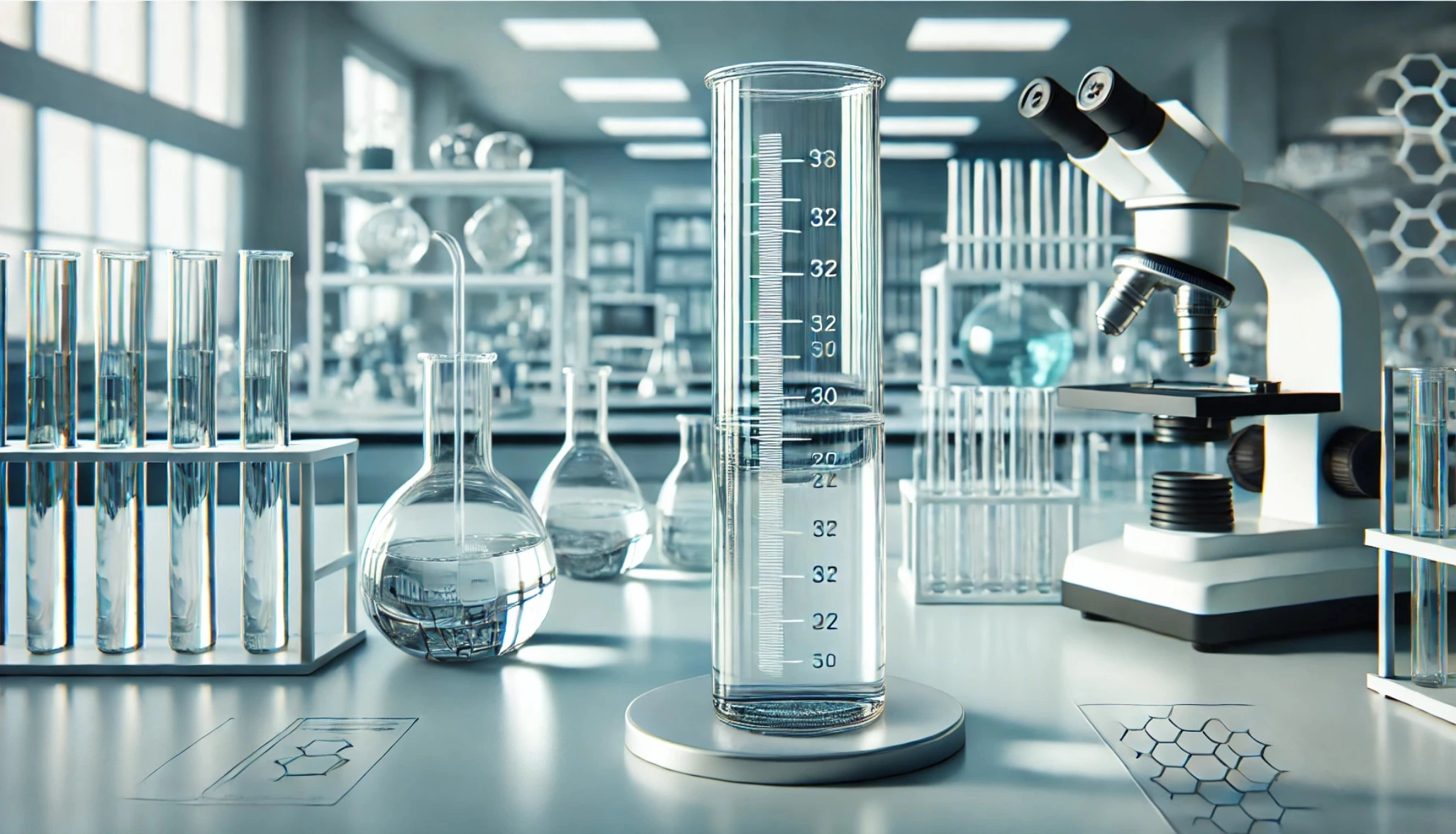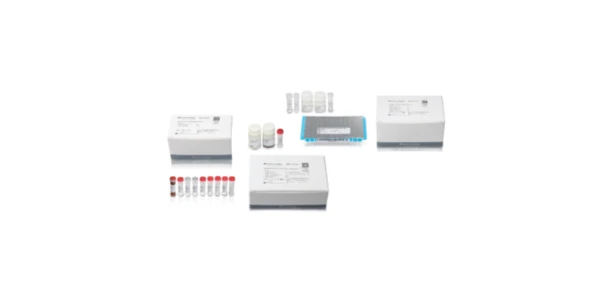The Graduated Cylinder: An Essential Tool for Precise Volume Measurement

What is a Graduated Cylinder?
A graduated cylinder is a laboratory tool used to measure the volume of liquids accurately. Made from glass or durable plastic, it is cylindrical in shape, with volume markings (graduations) along its length. These markings allow scientists, chemists, and students to measure liquids with precision, which is crucial in various experiments and procedures. Graduated cylinders come in different sizes, from 10 mL to 2,000 mL, depending on the required volume for measurement.
Unlike beakers, which are more suitable for mixing and rough measurements, graduated cylinders are specifically designed for accuracy, making them indispensable in many lab settings.
What is a Graduated Cylinder Used For?
Graduated cylinders are widely used in laboratories, schools, and industrial environments for several purposes:
Measuring Liquids
Their primary use is to measure the volume of liquids with precision. Researchers use them when exact volumes are necessary for chemical reactions, solution preparations, and laboratory testing procedures. Graduated cylinders are favored over beakers or flasks when accuracy is a priority.Density Calculations
In addition to measuring liquid volumes, graduated cylinders are used to calculate the density of an object. By measuring the displacement of liquid when an object is submerged, the volume of the object can be determined, which, when combined with its mass, allows for density calculations.Solution Preparation
Accurate measurements of liquids are critical when preparing solutions in chemistry, biology, and pharmaceutical research. Graduated cylinders allow researchers to create precise mixtures for experiments and quality control processes.Titrations and Dosing
Graduated cylinders are used in titrations to add precise amounts of one solution to another, ensuring controlled reactions. In pharmaceutical and medical applications, they also help measure liquid dosages with high accuracy.
How to Read a Graduated Cylinder
Reading a graduated cylinder correctly is key to obtaining accurate measurements. Follow these steps for precise readings:
Place the Cylinder on a Flat Surface
Always ensure that the graduated cylinder is placed on a level surface. This will prevent liquid from sloshing or tilting, which could lead to inaccurate readings.View at Eye Level
Position yourself so that your eye is level with the top of the liquid inside the cylinder. Avoid reading from above or below the liquid's surface, as this will distort your perception of the volume.Check the Meniscus
The liquid inside a graduated cylinder often forms a curved surface, called a meniscus, due to the interaction between the liquid and the cylinder's walls. Always read the measurement at the bottom of the meniscus for water and other clear liquids. For mercury, however, the reading is taken at the top of the meniscus due to its unique properties.Align with the Graduations
Look at the closest graduation mark to the bottom of the meniscus. Graduated cylinders typically have marks that represent milliliters (mL). If the meniscus is between two markings, estimate the value by determining how far the meniscus is between the two marks.Account for Accuracy
While graduated cylinders are precise, it's important to account for slight inaccuracies. Be aware of the manufacturer’s tolerance level, usually indicated in the product specifications, especially for critical measurements.
Summary
Graduated cylinders are fundamental tools for any laboratory, offering precision and versatility in measuring liquid volumes. By understanding their uses and learning how to read them correctly, scientists and students can ensure the accuracy of their measurements in experiments and processes. Whether preparing solutions or calculating densities, the graduated cylinder remains one of the most essential instruments in scientific research and education.










